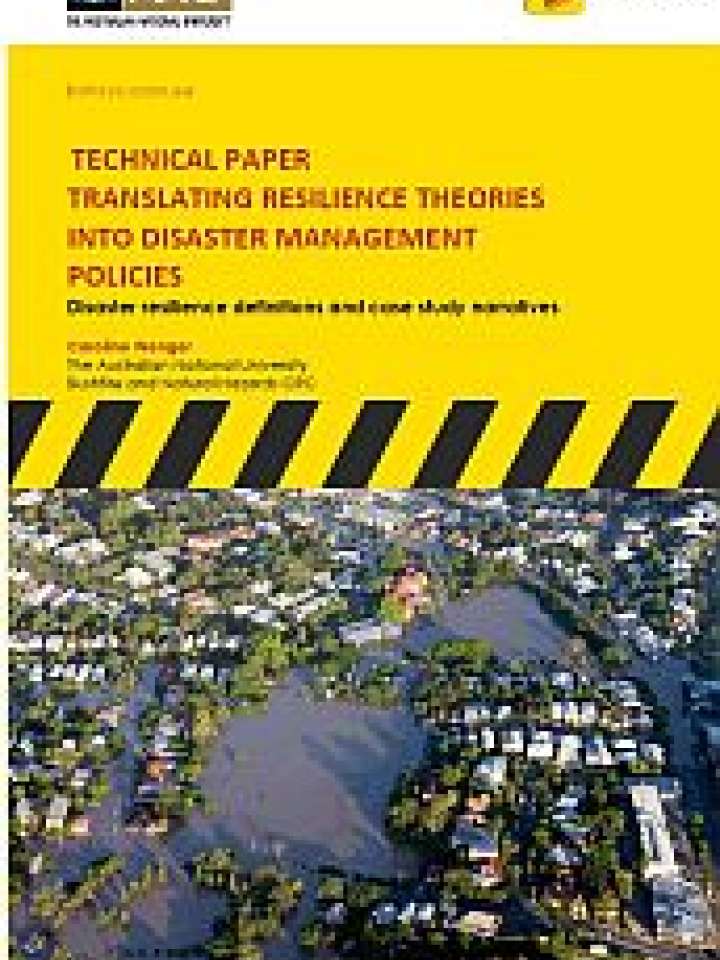Translating resilience theories into disaster management policies: Disaster resilience definitions and case study narratives
In the context of flooding, the author's research aimed to identify how disaster resilience was interpreted in four countries (China, USA, Netherlands, Australia) and by international organisations. To do this, it assessed the types of activities supported by disaster resilience policies. A particular concern was the use of resistance versus accommodation strategies, the former characterised by structural engineering approaches such as levees to exclude floodwaters, while the latter uses a number of approaches to enable people to live with flooding, such as ecosystem-based approaches and preparedness. Debates about the merits of these two approaches are reminiscent of the ancient Greek fable, ‘The oak and the reed’ by Aesop (hence the paper’s title).
Research methodology combined quantitative and qualitative methods. For quantitative work, policy documents and reports (covering flood management, disaster resilience and climate change) were selected from each case study area (105 documents in total). Activities that were linked to improved resilience were entered into a revised Prevent-Prepare-Respond-Recover (PPRR) framework to determine how resilience was interpreted for each case study area.
To complement this, qualitative work was also undertaken. Where documents provided a disaster resilience definition, it was documented and analysed. Case study narratives were also prepared. Results of qualitative findings are summarised in Wenger. In this report, additional detail is provided for readers wishing to know more about this aspect of the work. It is divided into the following sections:
- Deciphering resilience definitions
- Case study narratives of disaster resilience interpretations
- Oak and Reed’ tales
This report provides supplementary information relating to research published in the author's forthcoming article in the journal Ecology and Society [The oak or the reed: translating resilience theories into disaster management policies’].
Explore further
